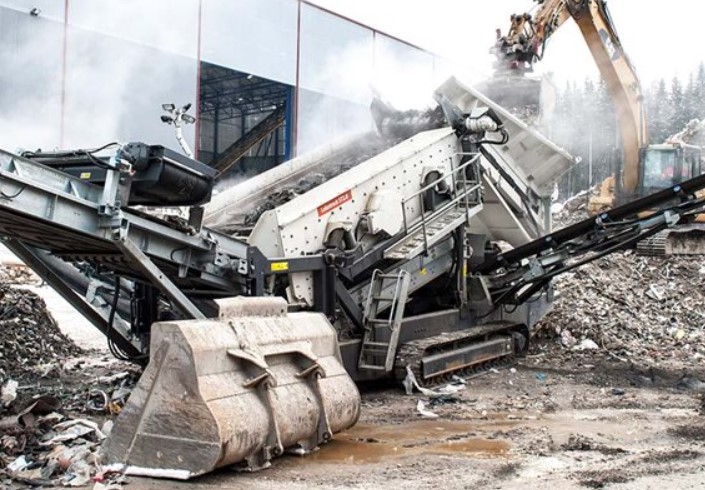
Reducing C&D Waste: Strategies for Sustainable Construction and Demolition
To keep up with the expanding global population, the construction and demolition (C&D) industry must undergo continual development. The constant addition of new buildings, from residential to commercial, results in significant waste production. C&D waste represents 40{53ed28d223a4415f45f82b5e3e66625b5ba2d29a1cba4099bda1615b910c8a6d} of the total solid waste generated worldwide each year, with the U.S. alone accounting for nearly 100 million tons.
Although some waste is unavoidable, there are numerous methods to minimize the enormous amounts produced annually. This guide will explore various strategies that C&D companies of all sizes can use to enhance waste reduction and minimize environmental harm.
First, it’s important to recognize the causes of C&D waste. A significant contributor is the lack of waste reduction measures during the design phase, which accounts for about 33{53ed28d223a4415f45f82b5e3e66625b5ba2d29a1cba4099bda1615b910c8a6d} of construction waste, according to a study by environmental engineers. Other factors include design modifications, improper handling and storage of materials, ineffective site management, and insufficient information on recycling and disposal regulations.
Given these challenges, it’s no surprise that C&D waste accumulates quickly. However, several strategies can help address this issue. Developing a comprehensive recycling and waste management plan at the beginning of the project is essential. This plan should cover waste reduction techniques and proper disposal methods, such as using specialized waste collection services, roll-off dumpsters, and compactors.
Additionally, considering deconstruction as an alternative to traditional demolition can be more sustainable. Deconstruction involves the careful dismantling of structures to salvage materials for reuse, reducing waste and minimizing environmental impact compared to conventional demolition, which often produces harmful dust and heavy metals.
These strategies offer a starting point for waste reduction. For further details, please refer to the accompanying resource.

Reducing Waste At A Job Site was provided by Sourgum Waste




